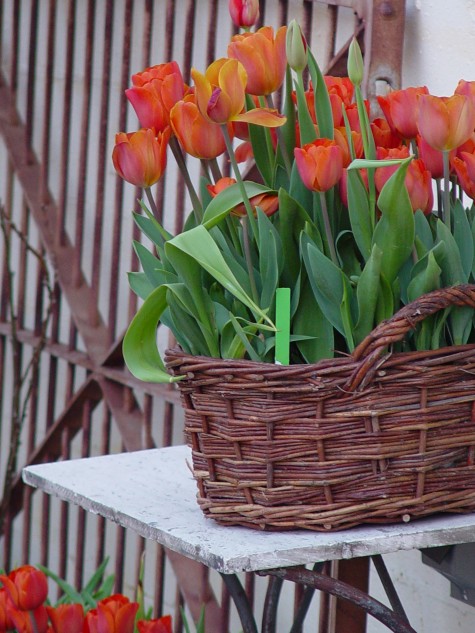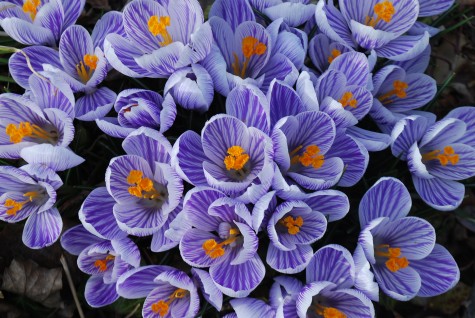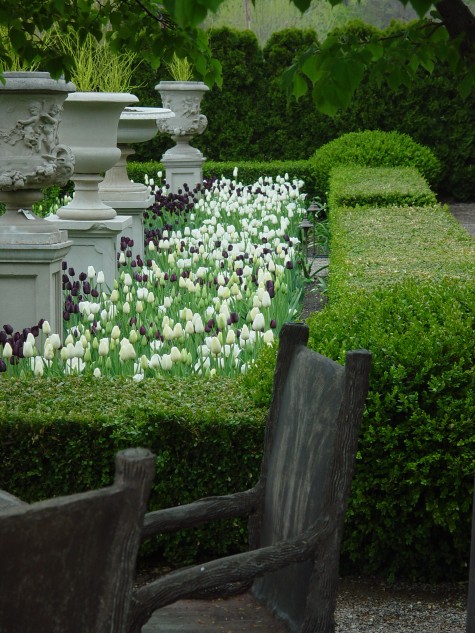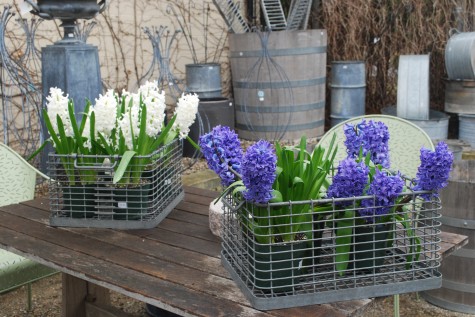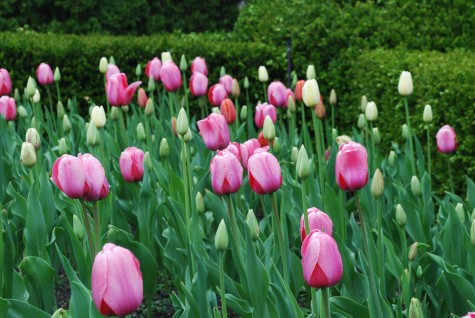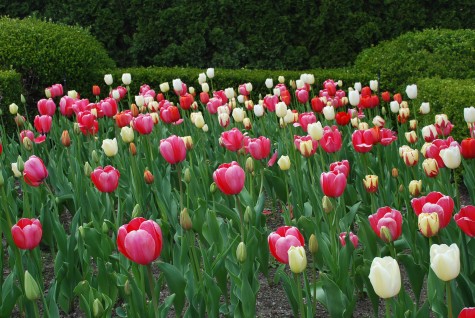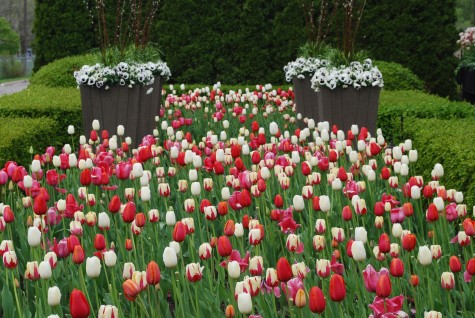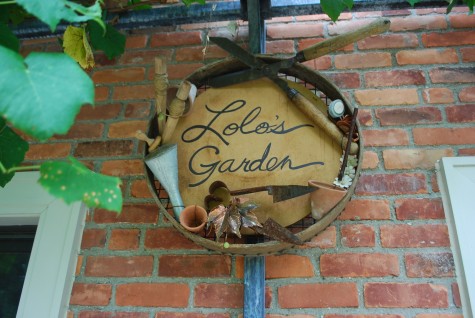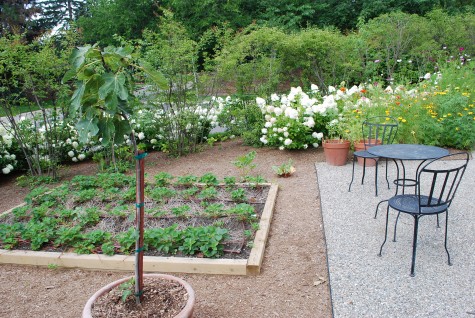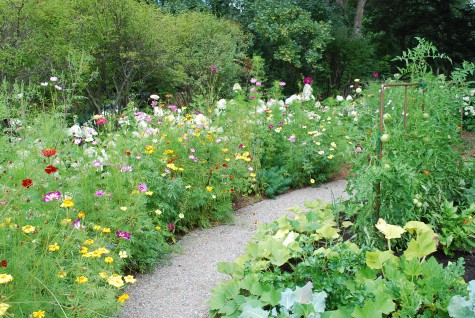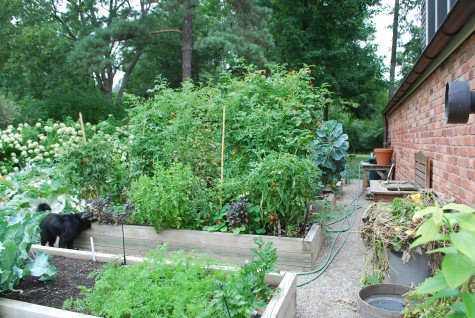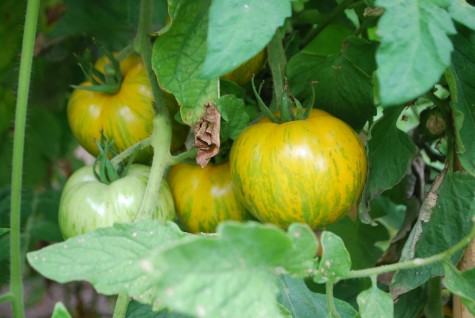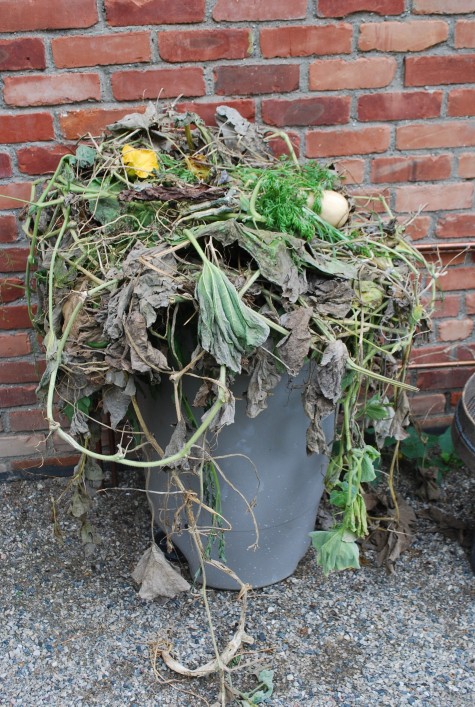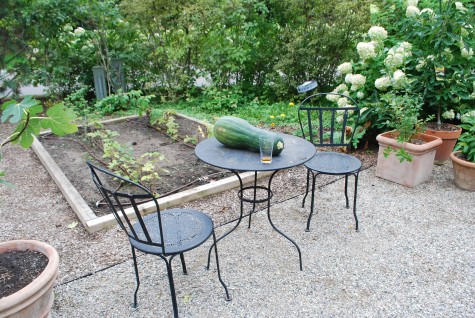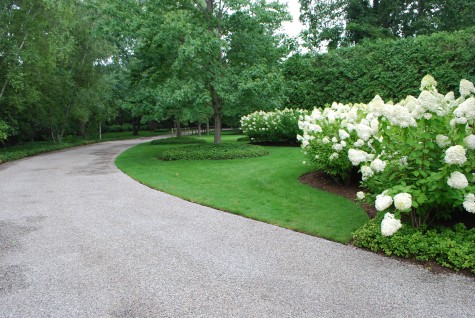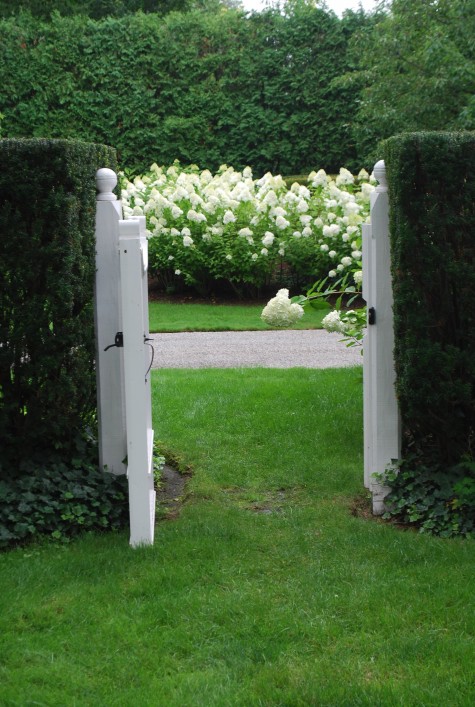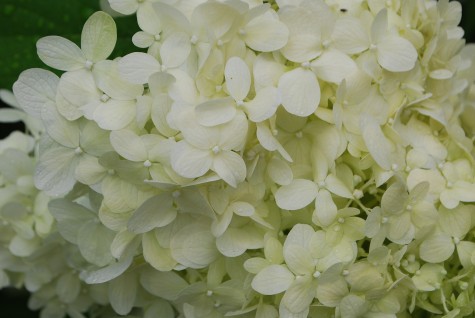 While shopping last winter for our holiday 2010 season, Rob found a company that imports Italian paper mache and plaster figures from Italy. He knew I would fall for this pair of goats. Everyone who sees them insists they are lambs, so I give. I love these lambs. The origin of the art of cartapesta dates back to the fifteenth century in Italy. Do my lambs not look so Italian?
While shopping last winter for our holiday 2010 season, Rob found a company that imports Italian paper mache and plaster figures from Italy. He knew I would fall for this pair of goats. Everyone who sees them insists they are lambs, so I give. I love these lambs. The origin of the art of cartapesta dates back to the fifteenth century in Italy. Do my lambs not look so Italian?
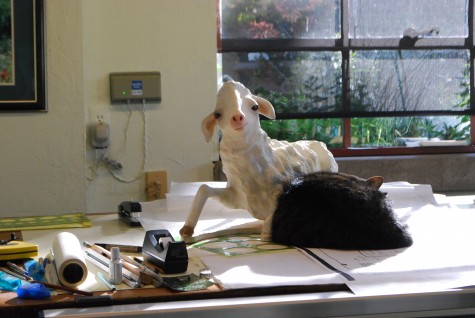 The art form found expression originally in figures and ornament for Catholic churches. Overscaled hand carved stone statuary used to ornament the churches were incredibly expensive and time consuming to produce. An affordable method of producing large figures that had the appearance of stone at a fraction the weight and cost fueled an art form. Cartapestra. Plaster over paper mache.
The art form found expression originally in figures and ornament for Catholic churches. Overscaled hand carved stone statuary used to ornament the churches were incredibly expensive and time consuming to produce. An affordable method of producing large figures that had the appearance of stone at a fraction the weight and cost fueled an art form. Cartapestra. Plaster over paper mache.
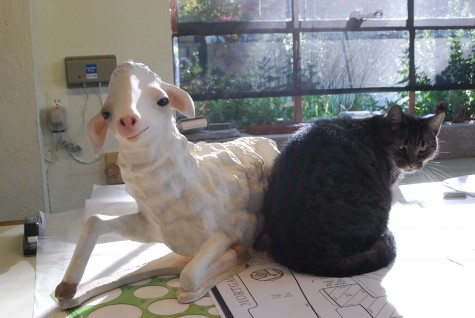 By the 1700’s, Italy was known throughout Europe for these lovely and affordable stone look alikes, fashioned from straw, steel wire, silk string, hand made paper and plaster. Each figure would be polychromed, or painted, by an individual artist.
By the 1700’s, Italy was known throughout Europe for these lovely and affordable stone look alikes, fashioned from straw, steel wire, silk string, hand made paper and plaster. Each figure would be polychromed, or painted, by an individual artist.
 The plaster layers are sun-dried; this part enchants me. If your life is in any way like mine, having the time to let the sun work its magic sounds swell. Each figure is hand sanded and the surface burnished before it is painted.
The plaster layers are sun-dried; this part enchants me. If your life is in any way like mine, having the time to let the sun work its magic sounds swell. Each figure is hand sanded and the surface burnished before it is painted.
 I spent some time this morning hauling one of these lambs all over the shop. Why would I do this? I had sent a picture of them to my landscape superintendent Steve. He wrote me back- everyone loves a lamb. I decided to test out his theory. MCat took an immediate fancy to them-he has been sleeping peacefully, snugged up next to them for the past four days. Milo took no offense to the lamb. He actually went right back to sleep.
I spent some time this morning hauling one of these lambs all over the shop. Why would I do this? I had sent a picture of them to my landscape superintendent Steve. He wrote me back- everyone loves a lamb. I decided to test out his theory. MCat took an immediate fancy to them-he has been sleeping peacefully, snugged up next to them for the past four days. Milo took no offense to the lamb. He actually went right back to sleep.
 Monica is my assistant-hers is a position the seat of which glows. Her switchboard is perpetually lit up. She handles everything with exceptionally and unfailingly good manners. Her genuine concern and attention to detail is astonishing. The lamb placed on her printer made her laugh first, and made her speak secondly to her appreciation for the whole idea of a peaceable kingdom. No matter the issue, her kingdom is about maintaining the peace. I may need to get her a lamb of her own.
Monica is my assistant-hers is a position the seat of which glows. Her switchboard is perpetually lit up. She handles everything with exceptionally and unfailingly good manners. Her genuine concern and attention to detail is astonishing. The lamb placed on her printer made her laugh first, and made her speak secondly to her appreciation for the whole idea of a peaceable kingdom. No matter the issue, her kingdom is about maintaining the peace. I may need to get her a lamb of her own.
 Paper mache hand plastered over is not a good candidate for a garden ornament exposed to the weather. Stone stands up far better. But this does not mean this Italian sculpture is not at home outdoors for a moment. Sun drenched and 75 degrees it was- a beautiful day.
Paper mache hand plastered over is not a good candidate for a garden ornament exposed to the weather. Stone stands up far better. But this does not mean this Italian sculpture is not at home outdoors for a moment. Sun drenched and 75 degrees it was- a beautiful day.
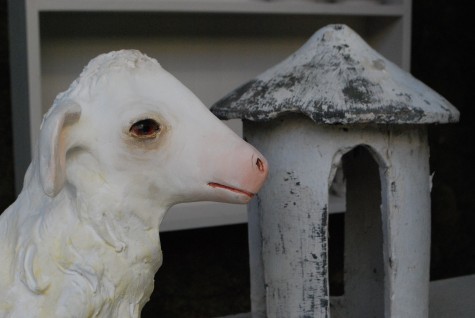
Landscapes, and their gardens, benefit the people who take them on, and tend them. Much of that benefit has to do with providing a sense of serenity. I get that same feeling when I look at this Italian lamb face.
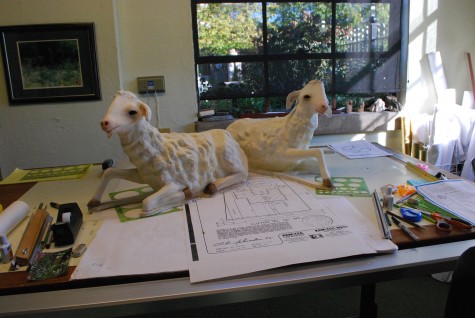
My pair of Italian made paper mache goat-lambs- no doubt they made my day better. What will I do with them? They are for the moment in residence and looking good on my drafting table.

